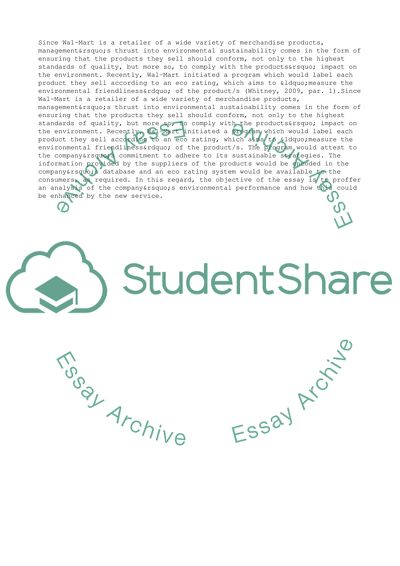Cite this document
(“Wal-Marts Environmental Sustainability Program Essay”, n.d.)
Retrieved from https://studentshare.org/business/1569420-wal-marts-environmental-sustainability-program
Retrieved from https://studentshare.org/business/1569420-wal-marts-environmental-sustainability-program
(Wal-Marts Environmental Sustainability Program Essay)
https://studentshare.org/business/1569420-wal-marts-environmental-sustainability-program.
https://studentshare.org/business/1569420-wal-marts-environmental-sustainability-program.
“Wal-Marts Environmental Sustainability Program Essay”, n.d. https://studentshare.org/business/1569420-wal-marts-environmental-sustainability-program.


